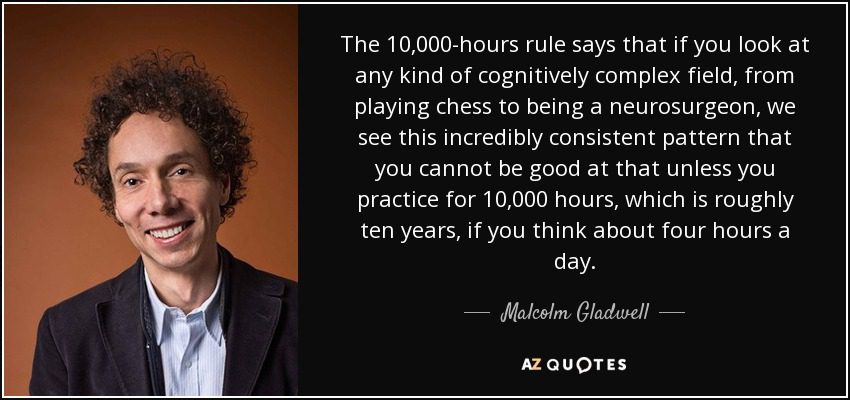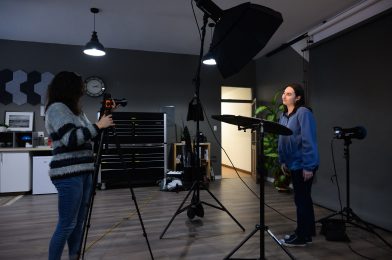The Pitfalls of Compromising: Why Watered-Down Solutions Lead to Disappointment
Compromising can seem like the easiest solution when parties come together with different ideas or solutions for a problem. However, when both parties are focused on pushing their idea forward, a watered-down version emerges, leaving everyone unsatisfied with the answer.
The Power of Collaboration: How Active Listening and Openness to New Ideas Lead to Success
Collaboration isn’t about negotiating solutions but starting where parties come together and actively listen to each other. It’s about being open to new ideas and realizing that partnering with others can help everyone accomplish their goals. The oldest intercollegiate sport in the United States, rowing, provides the perfect illustration of collaboration, where the team must work together and stay in sync to succeed.
Building Successful Partnerships: The Importance of Trust and Understanding Client Goals
When clients hire a service provider, they expect collaboration rather than compromise. Trust is the foundation of this process, and lowering communication barriers is critical. Active listening, taking notes and asking clarifying questions are all essential in understanding client goals and limitations. Service providers can exceed client expectations and build successful partnerships by truly understanding what they want to accomplish.
Articulating the Client’s Project: Exploring Flexibility and Building Friendships
Even when clients have done an excellent job articulating their projects, it’s still important to explore with them to understand how much flexibility they have. Saying the project in one’s own words and checking in with the client can prevent friction and lead to successful outcomes. Ultimately, successful partnerships are built on collaboration, trust, and friendship.
In this video clip, my friend Tony Messano talks about what he looks for when he hires a photographer. Here is his website http://www.tonymessano.com/ad/



